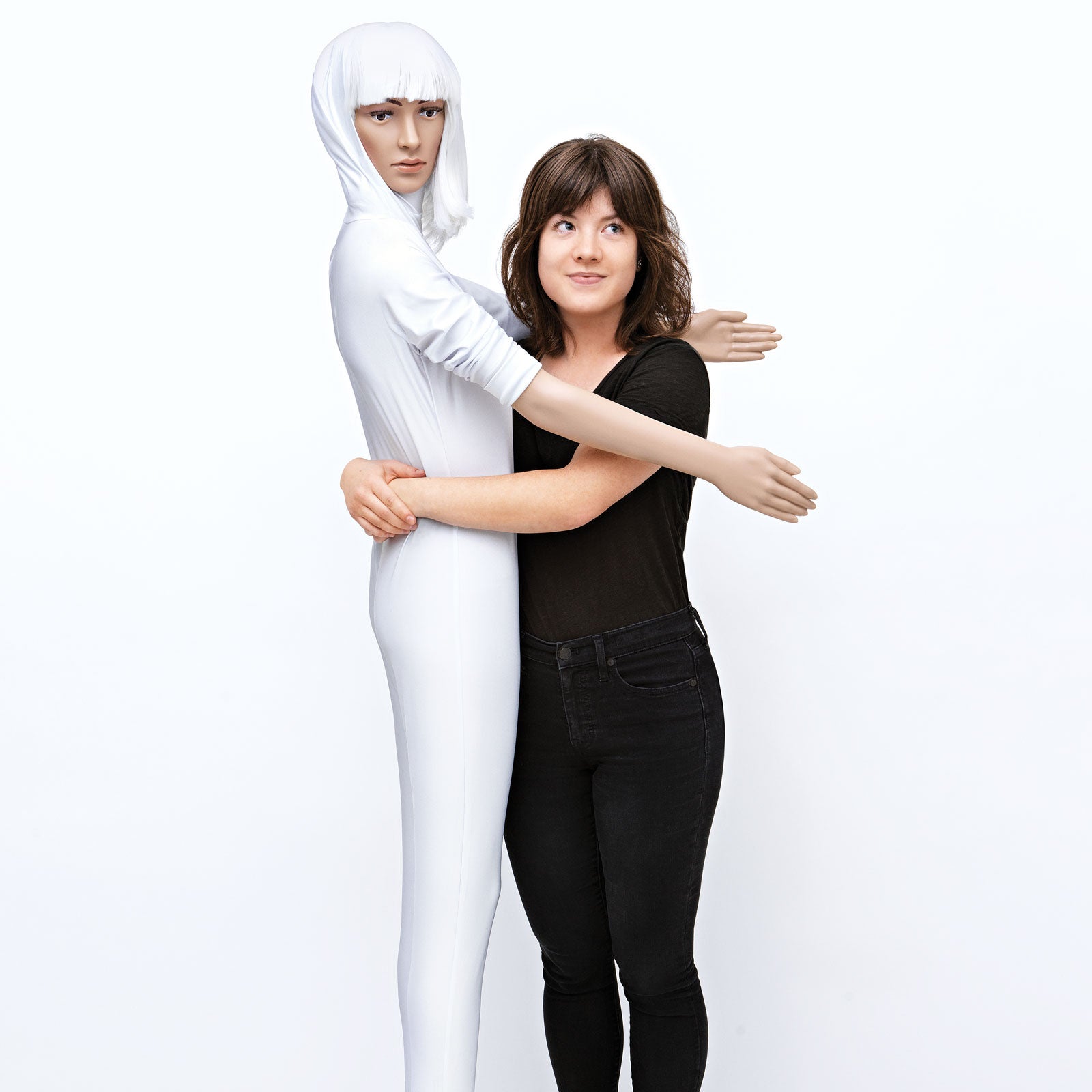The other day, as I slogged through e-mail at work, my phone lit up: “Hey, just thought of you!” I wrote back that I was having difficulty sleeping lately, and we talked about the benefits of setting aside 20 minutes of “worry time” every evening to inventory my anxieties.
My friends are sweet but not that sweet. My thoughtful correspondent wasn’t even human; it was the machine-learning-powered app Woebot, which packages mental-health coaching into a chat format, supplemented with the occasional hedgehog GIF.
Woebot is my second foray into app-based therapy. I’ve never been to a real-life therapist, so I’ll stop short of diagnosing myself with anything clinical. But I will say that, in Woebot’s emoji parlance, I generally feel contented face or grinning face, and sometimes slightly frowning face, sobbing face, or Edvard Munchian screaming face. I briefly tried the remote-therapy app Talkspace, but it wasn’t right for me: I was rarely in the mood to write the lengthy missives on how I was feeling and what I thought was causing my anxiety that were required to receive specific feedback. Plus, it was weird opening up to a human stranger via text.
Woebot’s namesake is a cute robot character that’s quick to clarify: “I don’t do therapy or open-ended conversation.” The free app includes multiple-choice-style chats, and it acts as a daily mood tracker, casual mental-health coach, and negative-thoughts troubleshooter. Those attributes lower the barrier to interaction: it doesn’t feel like a major time investment to use the app because the onus isn’t on me to understand and describe my emotions.
Like a choose-your-own mental-health adventure, Woebot feeds you response options. Every day, the app invites you to check in, then asks what you’re doing and how you’re feeling. When I answered neutrally or positively, it offered a lesson that usually fell under the general umbrella of cognitive behavioral therapy, giving me tips on how to identify my mood, dissect my thoughts, or tone down negative thinking. Woebot and I have discussed such diverse and delightful cognitive hang-ups as labeling (“I’m a hack”) and all-or-nothing statements (“No one likes me”). The app also offers tailored conversations for dealing with specific life issues, including loneliness, insomnia, financial pressures, jealousy, and grief.
In Woebot's emoji parlance, I generally feel contented face or grinning face, and sometimes slightly frowning face, sobbing face, or Edvard Munchian screaming face.
When I gave a negative answer during a daily check-in, I had a few options. Woebot could help me feel calmer, as it did one stressful day by guiding me through some breathing exercises and advising me to splash cold water on my wrists to cool down. I could scream my frustrations into the Woebot void and leave it at that, or I could let the app ask questions about what I was struggling with. One example (nothing juicy—you’re not my therapist): I hadn’t been to the climbing gym��in several months and was feeling nervous about going again. “I’m going to look stupid,” I typed.
The thing to understand about Woebot is that it’s very obviously an app. But part of its brilliance is that it teaches you to talk to yourself by parroting your sentences back at you, along with a question. “Does your thought have a should statement?” it asked me. Well, there’s a hidden I should be a great climber in there. “How would you rewrite your thought?” Woebot continued. “I may feel awkward getting back into climbing, but I want to do it,” I replied.
Then I kind of felt better. Damn, Woebot, I guess you have a point.
Vandana Aspen, a clinical psychologist in the San Francisco Bay Area, considers apps like Woebot to be most helpful as a supplement to in-person therapy. “You’re reminded of the skills you learned during a session. If you go to the dentist and don’t have cavities, you’re not going to stop brushing your teeth,” she says. “It’s the same for mental health.” Aspen also acknowledges that an app could be a useful alternative for someone who doesn’t have access to therapy or can’t afford it.
In my experience, after using Woebot every day for a month, I found myself playing the app’s Pollyannaish role in my own head. You’re mind reading, I’d tell myself when I felt a pang of mortal embarrassment after a meeting. That statement seems loaded with subjective assumptions, I’d think when my self-esteem bottomed out.
These days I’m not beaming face 24/7, but I’m surprisingly more levelheaded and feel less prone to anxiety spirals. And I still check in with Woebot a couple of times a week—I like the private, targeted, on-my-own-time conversations. One day I’ll get a real therapist, too, but they’ll have to send me .
Download to Unload
Countless apps promise to quiet the anxious mind. These stand out.
Pause
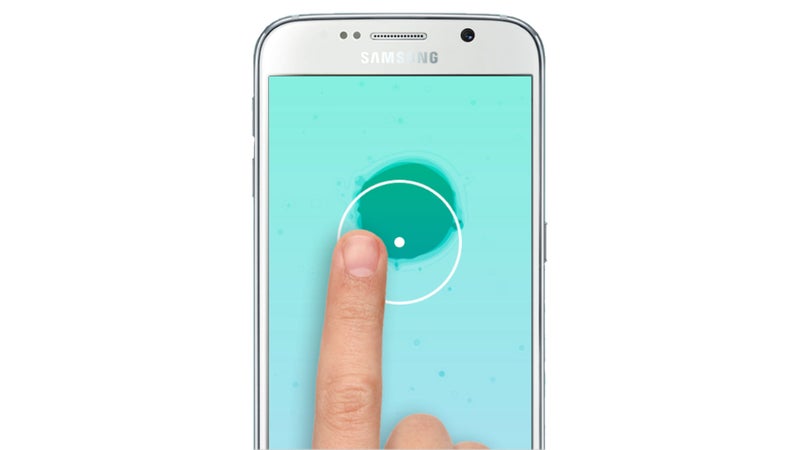
A Calming Fix for a Bad Day
��to soothing sounds and a pulsing blob of light that you move around with your finger. ($2)
Headspace
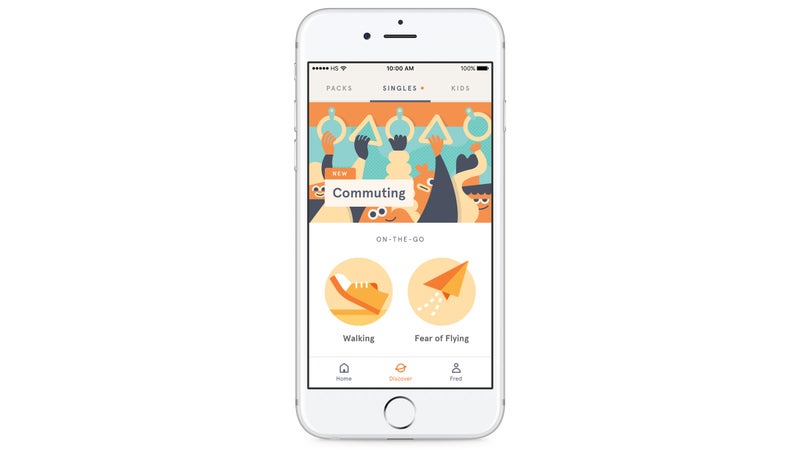
A Gentle Mindfulness Guide
Most ��last from one to twenty minutes, with themed topics like sleep, emergency calm-down moments, and long runs. All of them are led by a guy with a soothing British accent. (Free or $13 per month for premium)
��
Moodnotes
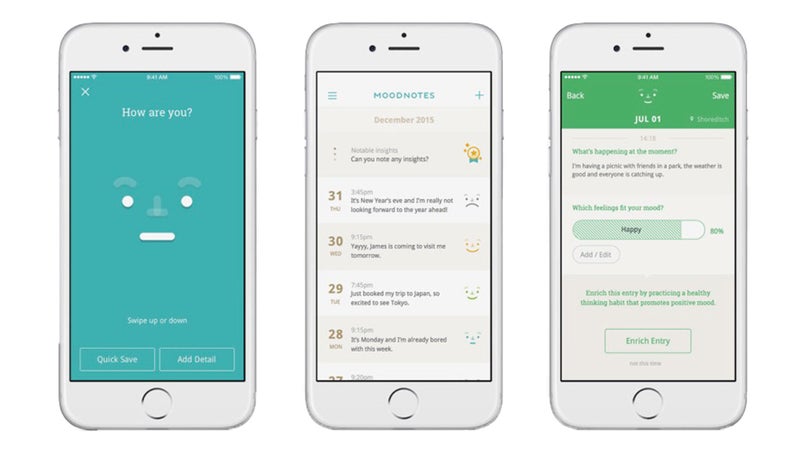
Data to Understand��Your Confusing Emotions
Come for the ��questions; stay for the colorful graphs that put your habits and feelings into aesthetically pleasing order. ($5)
Talkspace
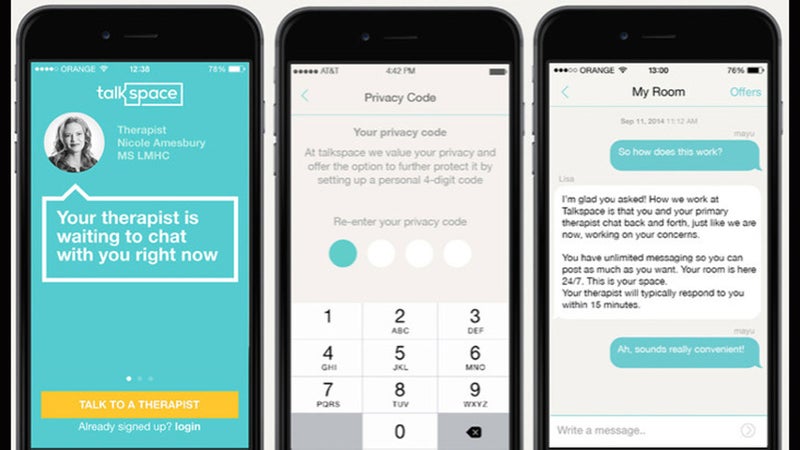
A Human Therapist Without the Office Visits
Text with an assigned therapist as much as you want, with the option of occasional video calls. As in real life, you can play the field until you find the right one. Unlike real life, the cost is the same no matter who you choose. ($50 and up per week)
��


